East Saharan Montane Xeric Woodlands
The ecoregion’s land area is provided in units of 1,000 hectares. The conservation target is the Global Safety Net (GSN1) area for the given ecoregion. The protection level indicates the percentage of the GSN goal that is currently protected on a scale of 0-10. N/A means data is not available at this time.
Bioregion: Southern Sahara Deserts & Mountain Woodlands (PA25)
Realm: Southern Eurasia
Ecoregion Size (1000 ha):
2,793
Ecoregion ID:
823
Conservation Target:
58%
Protection Level:
8
States: Chad, Sudan
The mountains of the East Saharan Montane Xeric Woodlands ecoregion rise abruptly from the vast Sahara desert. Fantastical outcrops of sandstone, secret gorges and volcanic crater lakes form dreamlike landscapes. Cooler conditions with more rainfall than the surrounding desert provide a haven for plants and animals, including remnant Laperrine’s olive trees, red-fronted gazelle, Ruppell’s fox, endemic gerbils, and yellow-breasted barbet. The ecoregion is a startling reminder of the way the Sahara looked 10,000 years ago.
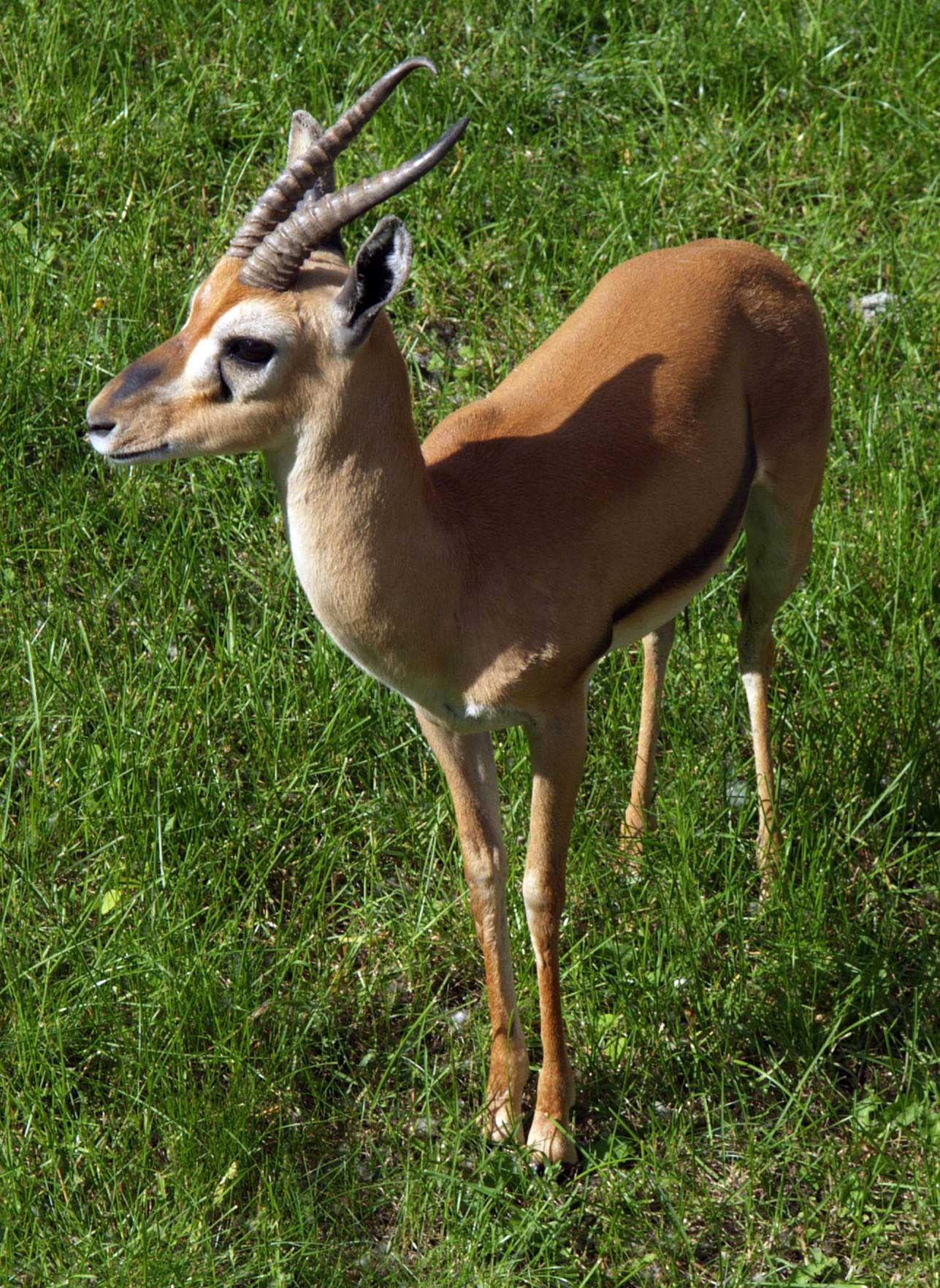
The flagship species of the East Saharan Montane Xeric Woodlands ecoregion is the red-fronted gazelle. Image credit: Andzej Barabasz, Creative Common
This ecoregion is restricted to three specific locations: the Massif de l’Ennedi and Massif du Kapka in northeastern Chad and the nearby Jebel Marra in western Sudan. It is situated in a climatically transitional Sahelian zone between the arid Sahara and the seasonally wet tropical savanna. Average temperatures in Iriba are 20–30°C with annual rainfall of 226 mm but winter temperatures are considerably lower at higher altitudes and rainfall can be 1,000 mm in the Jebel Marra heights.
Most rain falls during April–September. The Massif de Ennedi has been designated a World Heritage Site for its natural landscape and cultural significance. Its sandstone cap has been sculpted by wind and water, the largest canyons holding permanent water in “gueltas”, sustaining flora and fauna as well as human life. Thousands of images have been painted and carved into the rock surface of caves, canyons, and shelters. Jebel Marra is volcanic in origin, rising to over 3,000 m, with a relict crater containing two lakes.
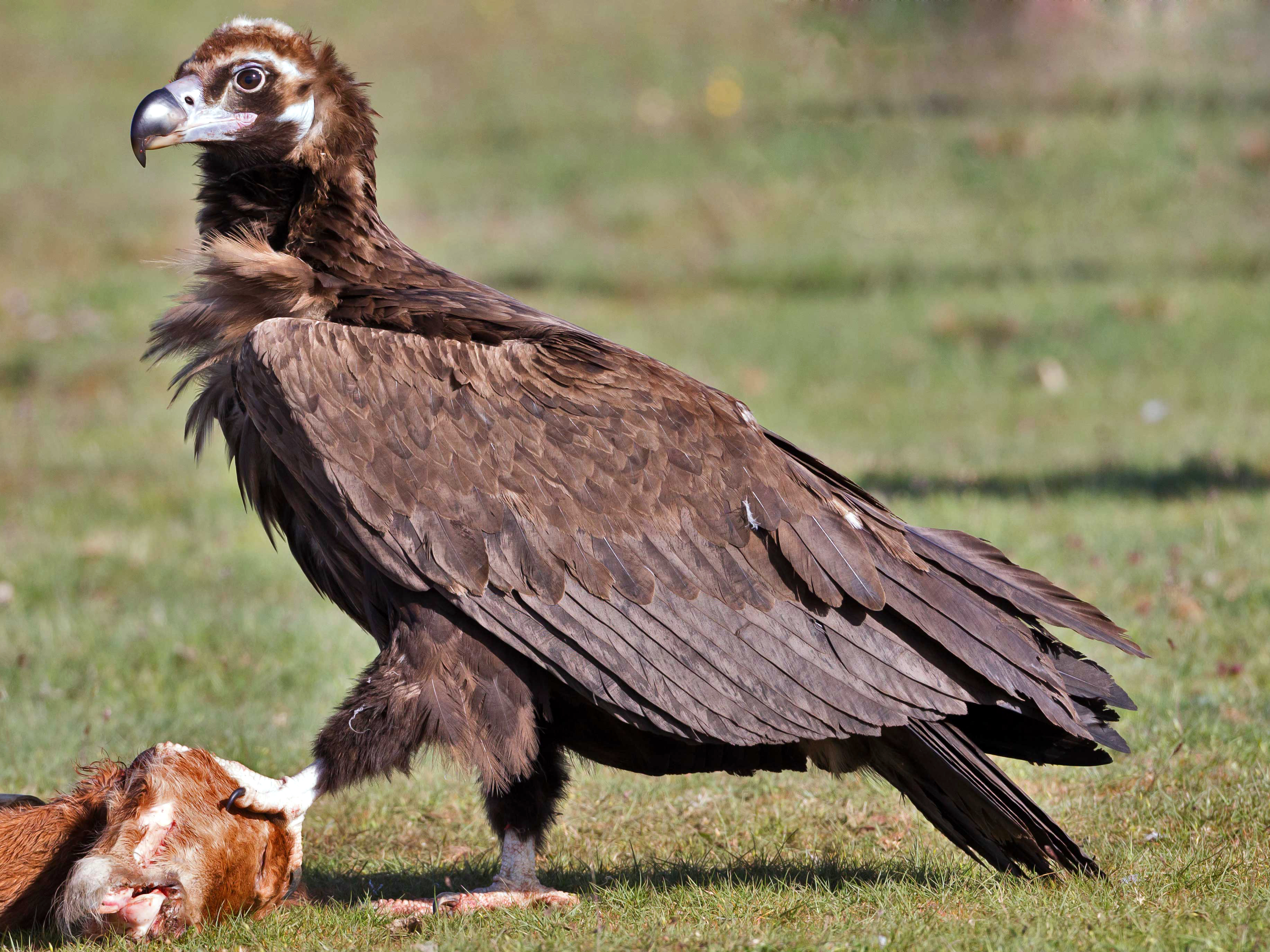
Eurasian black vulture. Image credit: Juan Lacruz, Creative Commons
The original Laperrine’s olive tree woodland is now restricted to Jebel Marra. Bunchgrass, two-spiked beardgrass, red oat grass, downy lavender, and Erica sylvatica grow on steeper, eroded slopes, while areas with better drainage harbor stunted forms of bunchgrass, squirreltail fescue, Festuca abyssinica, and cats-tail three-awned grass. In the Ennedi gueltas and canyons a variety of plants are found, far away from their normal ranges in the subtropics and tropics, for example the quinine tree. Dry slopes of the Jebel Marra are scattered with Senegalia mellifera thorn trees. Galley forests of African birch, charcoal-tree, and velvet bush-willow are found on inaccessible gorge rims.

Dorcas gazelle. Image credit: Creative Commons
Red-fronted gazelle, Dorcas gazelle, Aoudad, Rüppell’s fox, African wild cat, caracal, golden jackal, and rock hyrax are found in this ecoregion. Jebel Marra hosts three strictly endemic small mammals: Burton’s gerbil, Lowe’s gerbil, and the arid-thicket rat. Two Important Bird Areas within the ecoregion support a host of desert fringe species, including crowned and Lichtenstein’s sandgrouses, Egyptian nightjar, bar-tailed lark, Nubian bustard, Arabian bustard, and chestnut-bellied starlings.
The ecoregion also provides a haven for species that utilize freshwater springs and oases, such as the yellow-breasted barbet, and is an important migratory stopover. The endangered lappet-faced vulture and Egyptian vulture are present. Probably the most striking example of a relict population is a small number of West African crocodiles, estimated at around 10 individuals, found in the Guelta Archei, Ennedi.
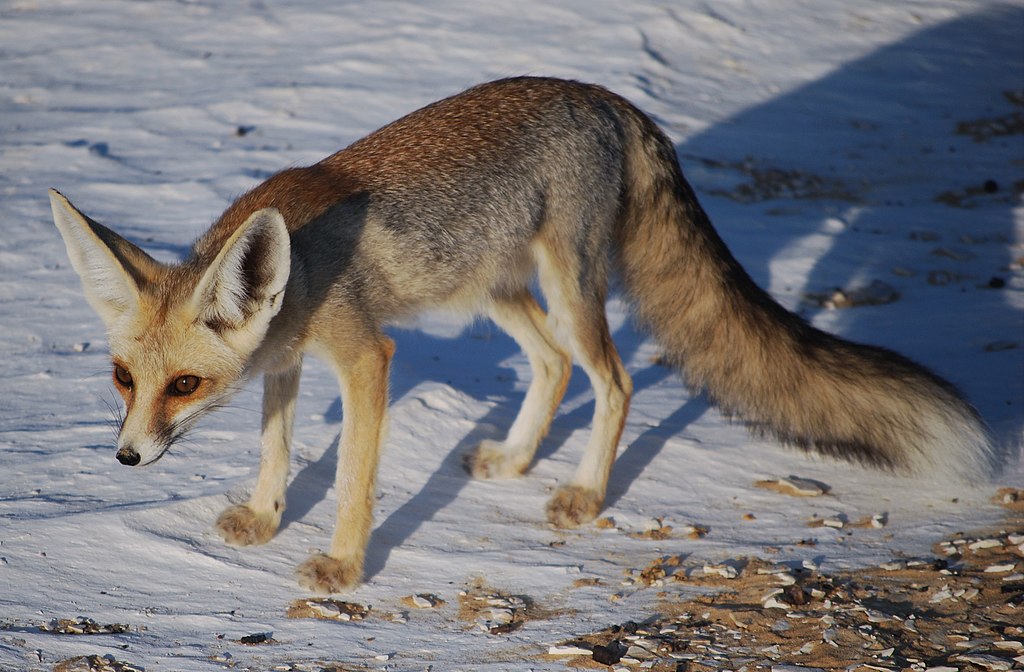
Rüppell's fox. Image credit: Helmut Boehm, Creative Commons
The ecoregion is extremely remote and sparsely populated. The Chadian Civil War and War in Darfur have directly impacted the area, with active fighting in the Massif du Kapka and Jebel Marra resulting in large-scale displacement of people and the establishment of multiple refugee camps in the vicinity of the Massif du Kapka. Until recently, striped hyena and cheetah were present, but they are now regarded as absent from the ecoregion. There are preparations for reintroduction of the ostrich, and reintroductions of oryx and addax are envisaged.
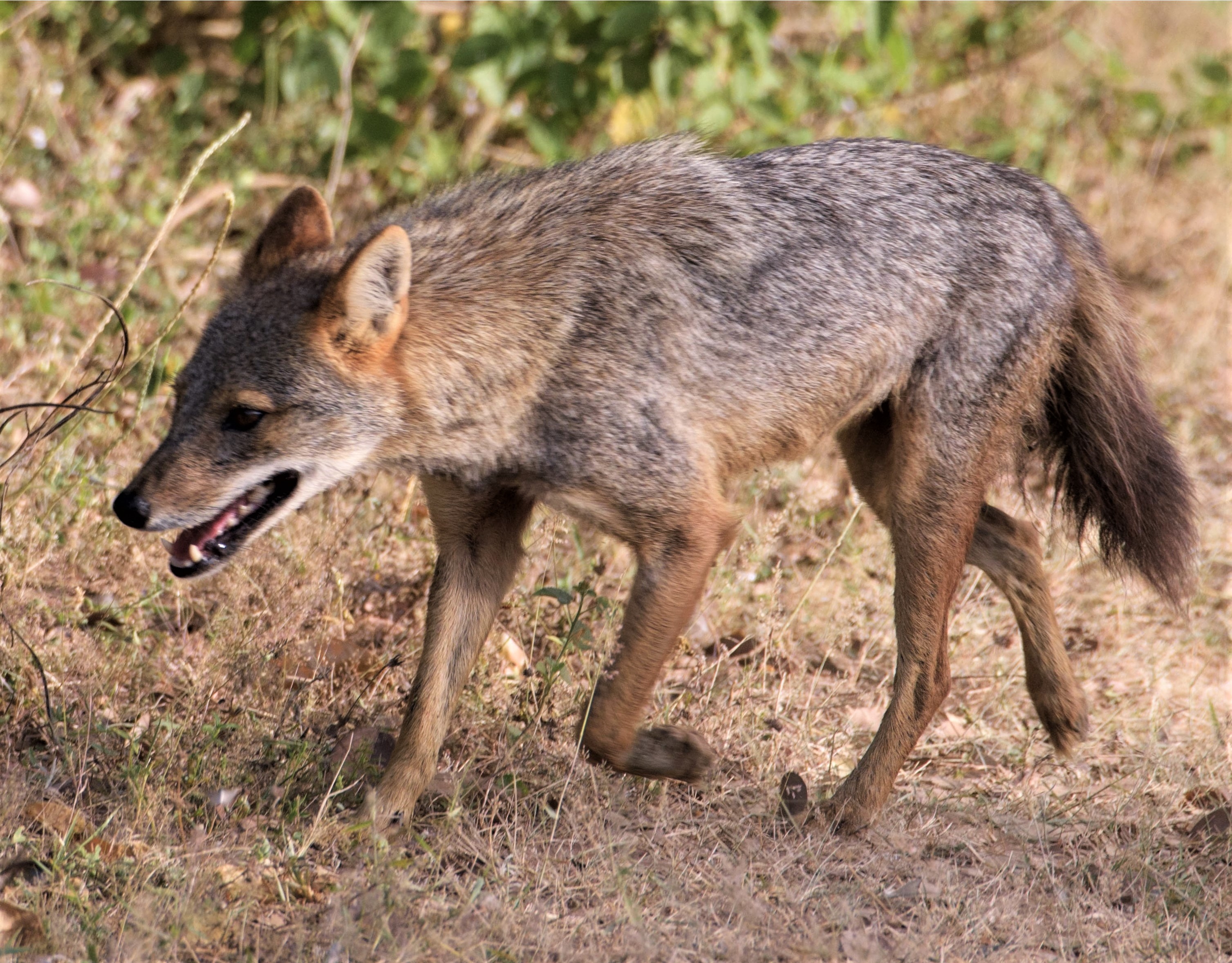
Golden Jackal. Image credit: R.M.S. Ratnayake, Creative Commons
Poaching has decimated much of the wildlife and is reported to have led to the local extinction of several key species such as oryx, addax, dama gazelle, ostrich and lion. Off-road driving impacts the fragile vegetation. Tourism is minimal at present, but its impacts may increase in the future, as may overgrazing.
The priority conservation actions for the next decade will be to: 1) successfully implement the management plan for the Ennedi region; 2) investigate the status of the Massif du Kapka, for which information is extremely limited, and gain legal protection for the area; and 3) reinstate the Sudanese Forest Reserve covering part of the Jebel Mara with the implementation of a management plan.
Citations
- Burgess, N.; Hales, J.A.; Underwood, E.; Dinerstein, E.; Olson, D.; Itoua, I.; Schipper, J.; Ricketts, T. and Newman, K. 2004. Terrestrial Ecoregions of Africa and Madagascar: A Conservation Assessment. Washington DC: Island Press.
- IUCN. 2016. Chad – Ennedi Massif: natural and cultural landscape. IUCN Evaluation Report. [Online]. [Accessed 5 August 2019]. Available from: https://whc.unesco.org/document/152762
- Fishpool, L. D. C. and Evans, M. I. eds. 2001. Important Bird Areas in Africa and Associated Islands: Priority Sites for Conservation. Cambridge, Pisces Publications; Cambridge, Birdlife International.
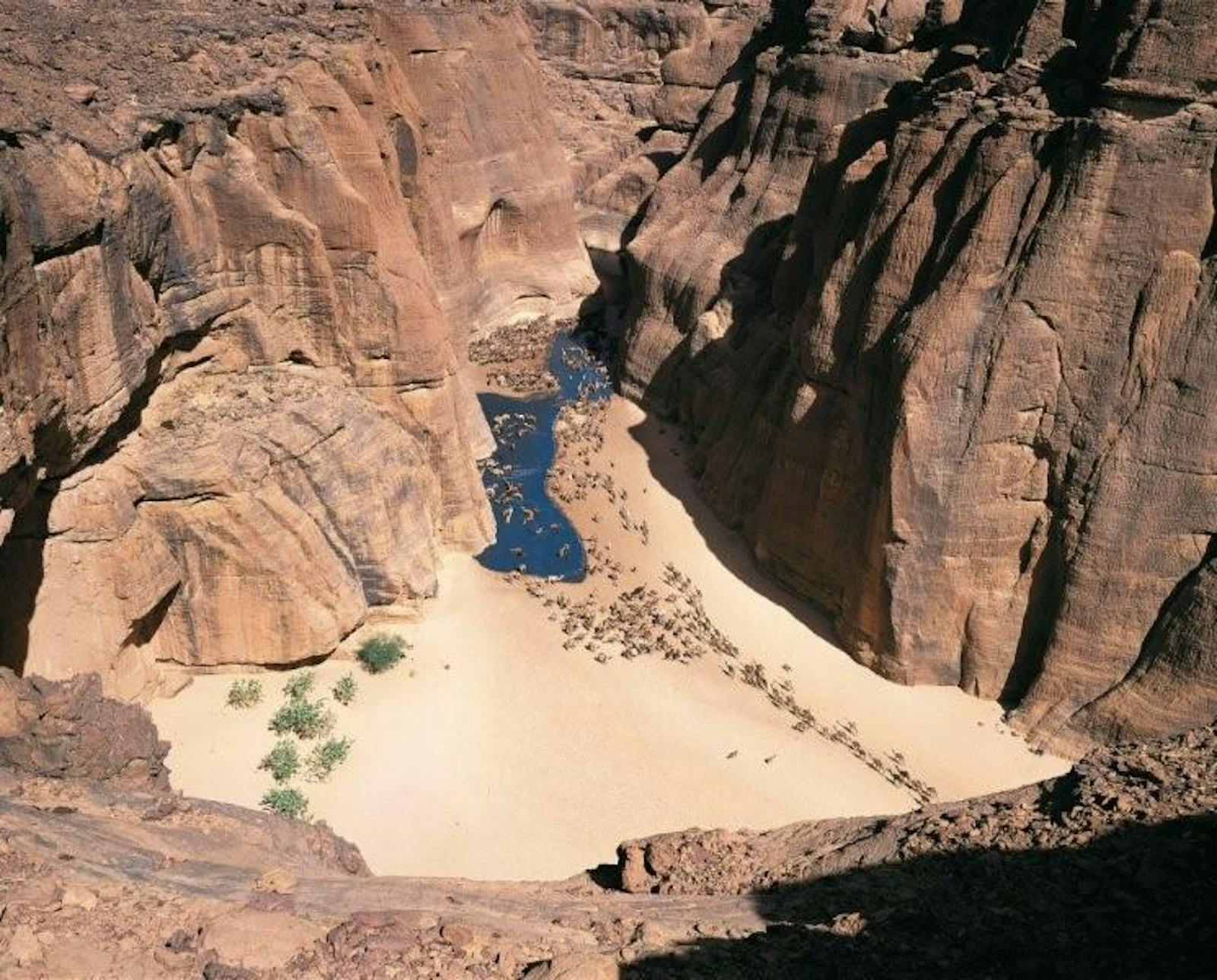
.png?auto=compress%2Cformat&w=300)

